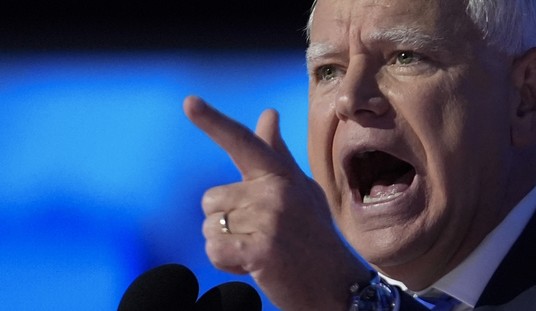Lawrence Solomon at the National Post describes the market for a new kind of value: carbon. Green is an appropriate name for the environmental movement not only because it is akin to the color of leaves, but because it is like the color of money. Carbon trading is big in Europe and getting bigger.
Europe’s Emissions Trading System (ETS) is the world’s largest trading exchange for carbon dioxide and other greenhouse gases. If ambitious Kyoto-style plans come to fruition, ETS will morph to account for, among other things, the carbon content of all industrial and biological processes, and the carbon carrying capacity of all the real estate on our planet. Because carbon is a building block of life, and because we live in a carbon-based planet, carbon prices will become more ubiquitous than the U.S. dollar. It would become, in effect, a globally traded currency tied to gaseous commodities that until recently were nowhere traded.
Europe’s carbon trading markets are slated to grow. According to Wikipedia, the European ETS is the largest emissions trading exchange in the world and a major pillar of European climate policy. Currently it covers 12,000 installations (usually industrial or energy producing in nature). Phase II is expected to include the aviation industry and eventually, “all greenhouse gases and all sectors, including aviation, maritime transport and forestry.”
In the US, “Obama energy adviser Jason Grumet said that, if elected, Sen. Barack Obama will classify CO2 as a pollutant and instruct the EPA that it can use the 1990 Clean Air Act to regulate CO2 emissions.” Carbon trading is also in the cards.
Sen. Obama said that “A cap-and-trade program draws on the power of the marketplace to reduce emissions in a cost-effective and flexible manner. Companies are free to buy and sell allowances in order to continue operating in the most profitable manner available to them. Those that are able to reduce pollution at a low cost can sell their extra allowances to companies facing high costs. Each year the number of allowances will decline to match the required annual reduction targets.”
The National Post’s Solomon is worried about the financial risks attendant to very large emissions markets. Consider the risks of fluctuations in carbon prices: “every carbon-intensive business will need protection against the extreme changes seen in carbon prices. This protection — carbon-hedging mechanisms of various kinds — will themselves assume outsized proportions because the businesses subject to carbon fluctuations will vastly outnumber those that now hedge against fluctuations in fossil fuels — in addition to the energy industry, airlines, utilities and others that now need fossil fuel hedges, will be forestry, agriculture, real estate, deserts, dams and other land-based sectors.”
And that could produce huge financial transactions based on “something that no one wants, can’t be seen, is entirely a creature of government and that may prove to benefit rather than harm the environment … The ‘marketplace’ for carbon allowances will be one in which both supply and demand are set by governments, in which intense corporate lobbying for changes to both supply and demand is all but certain, and in which moral hazard — in the form of an expectation of a government bailout — is an absolute certainty. Valuing the toxic instruments created by Fanny Mae and Freddy Mac, that corrupted the pool of debt securities, will seem like child’s play in comparison.”
Well if that happens and companies go bankrupt in some kind of sub-green crisis, the taxpayer will just have to bail them out.










Join the conversation as a VIP Member